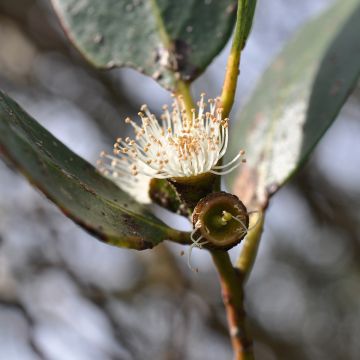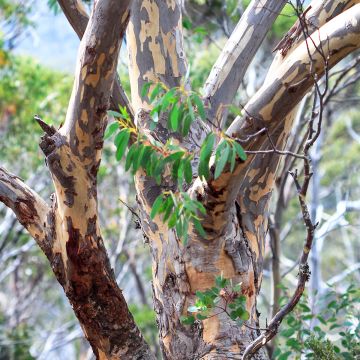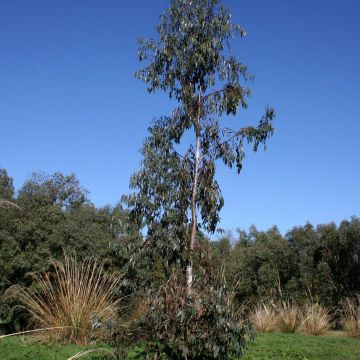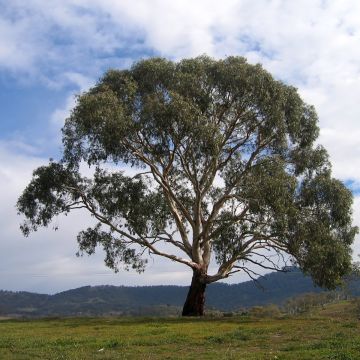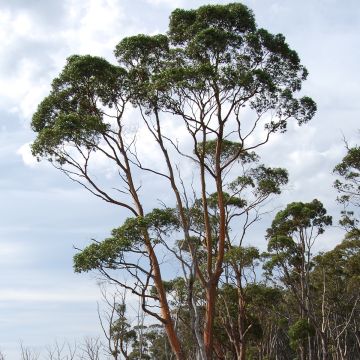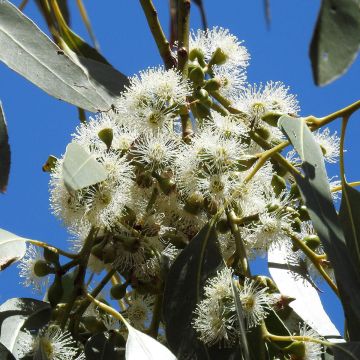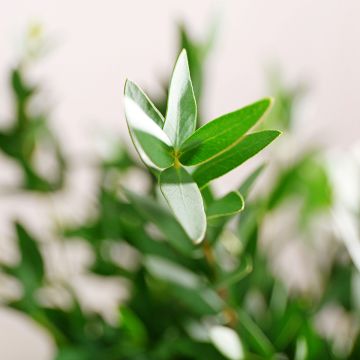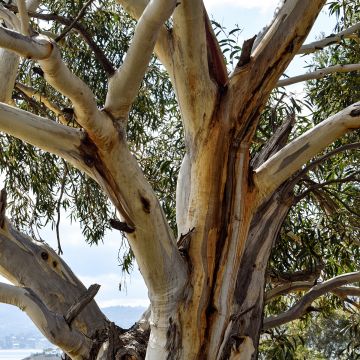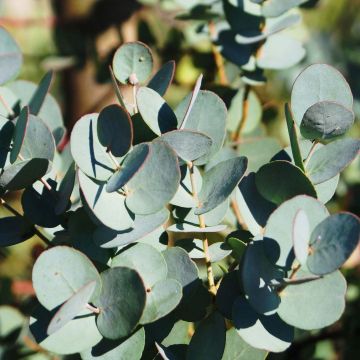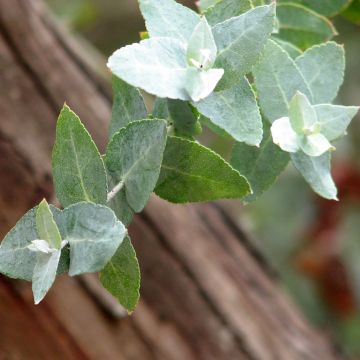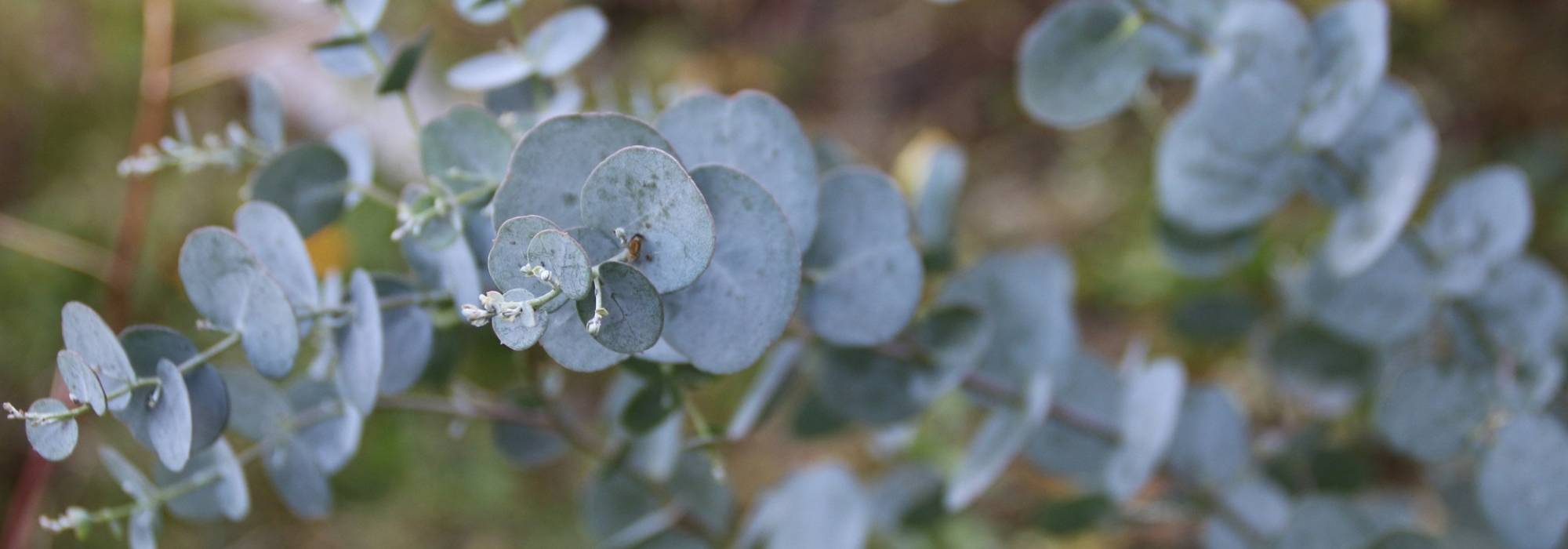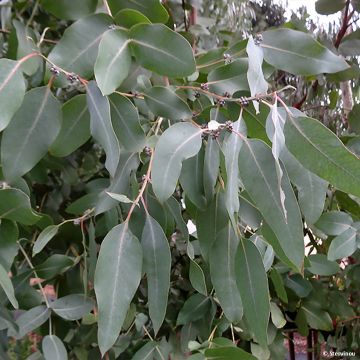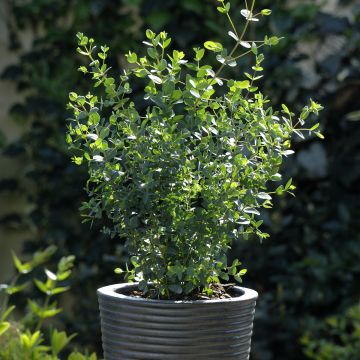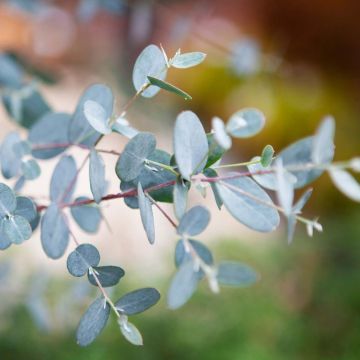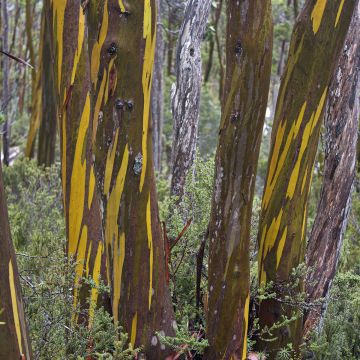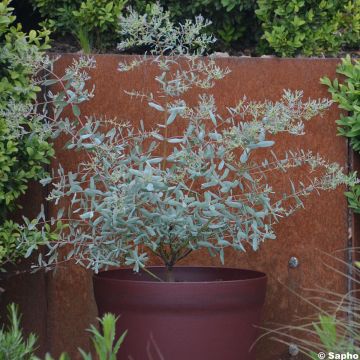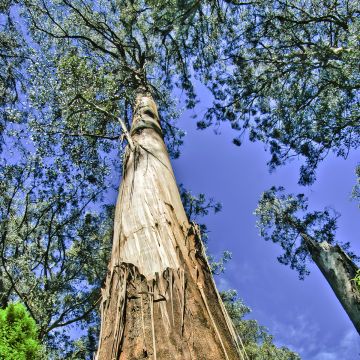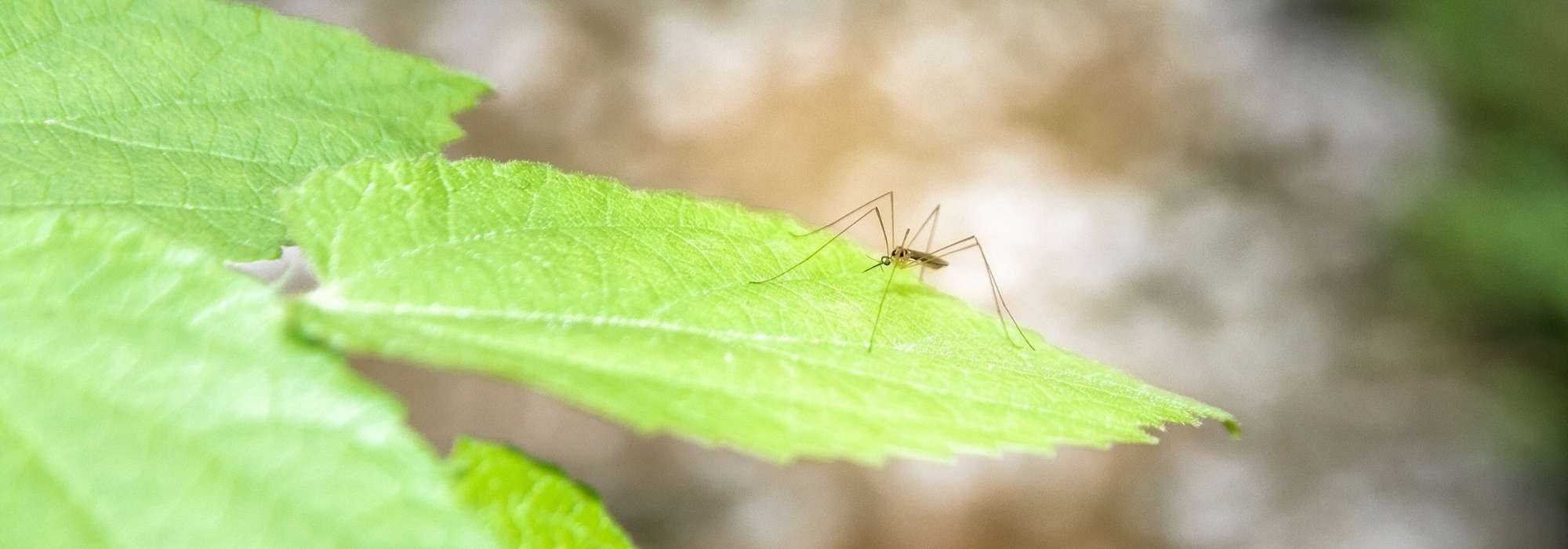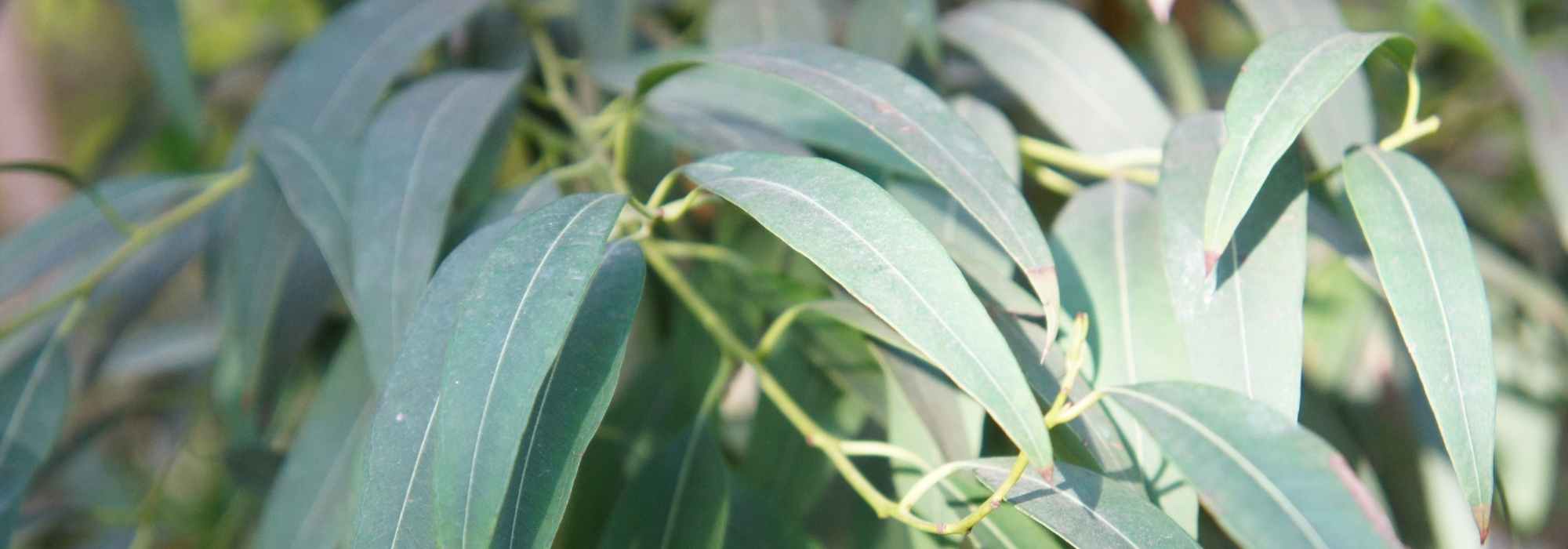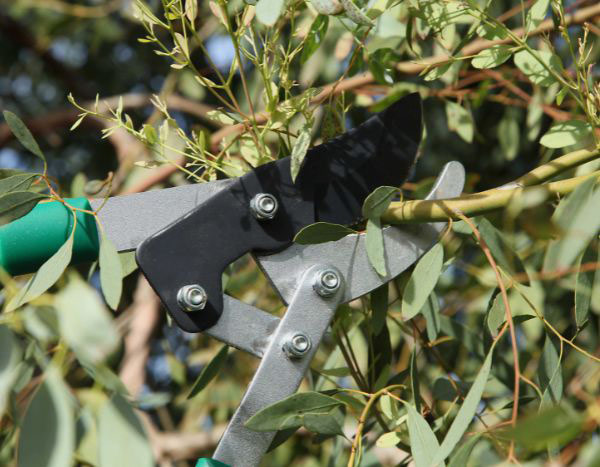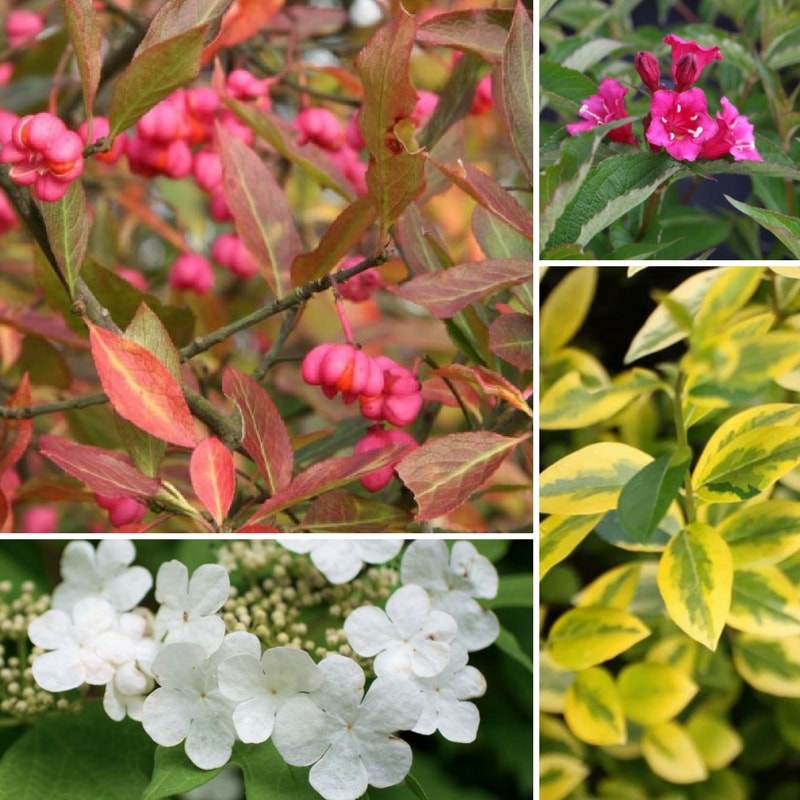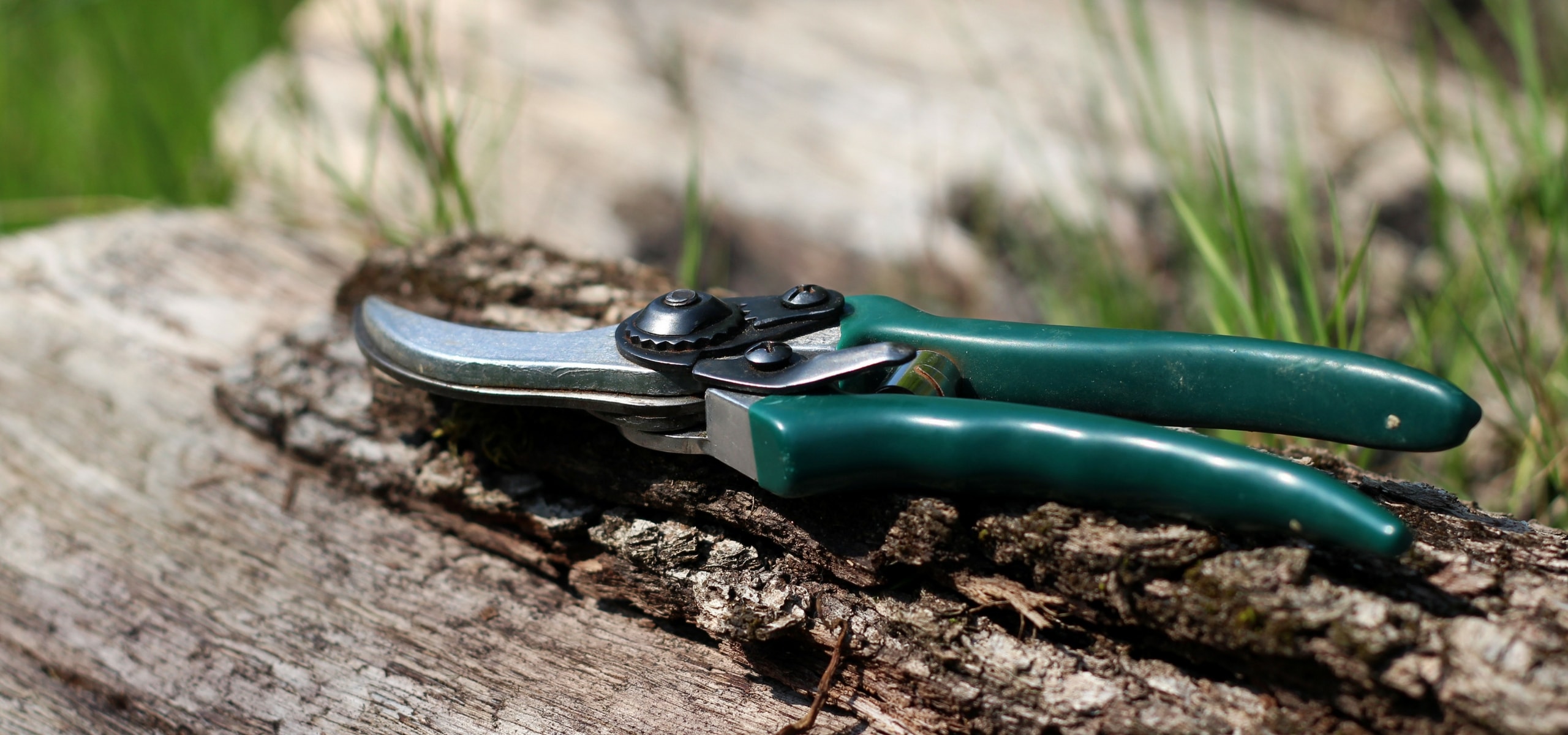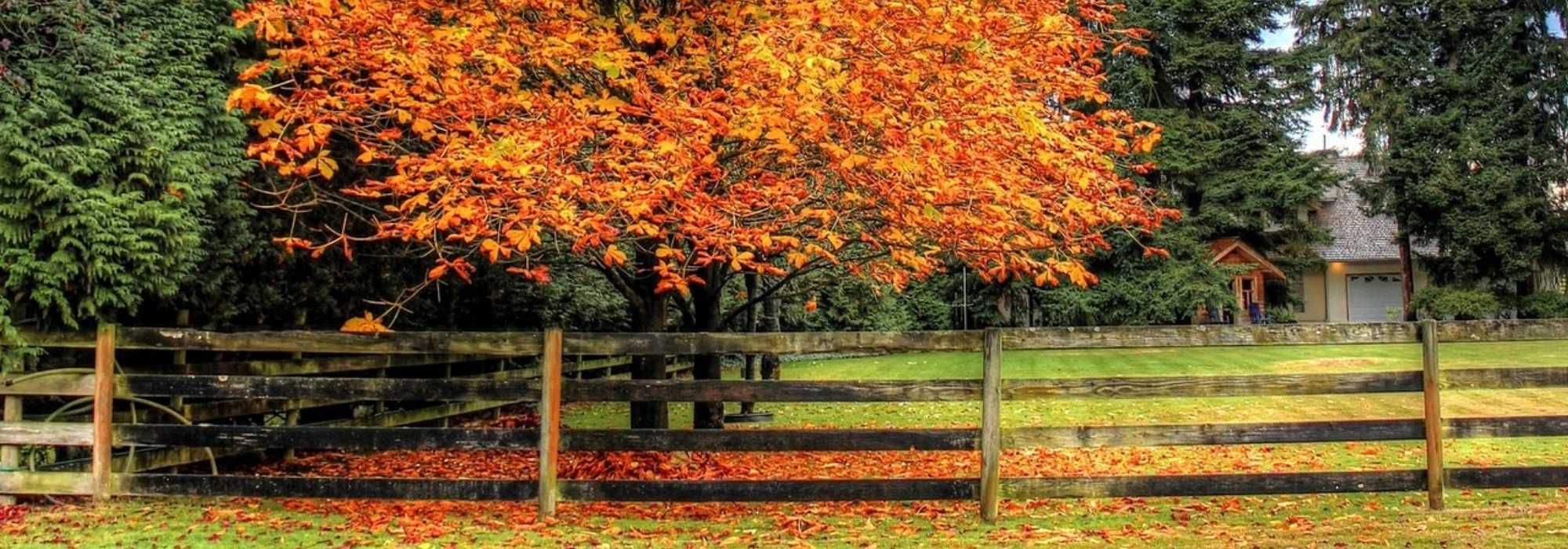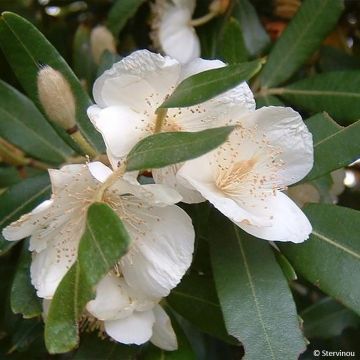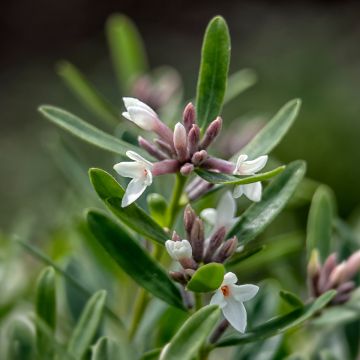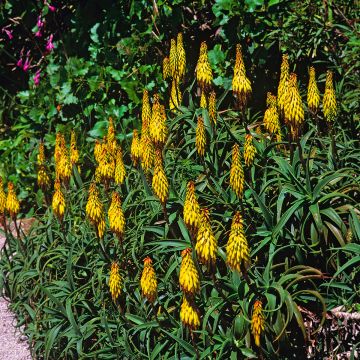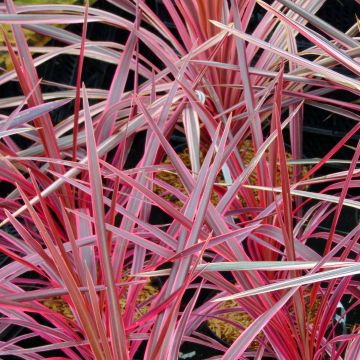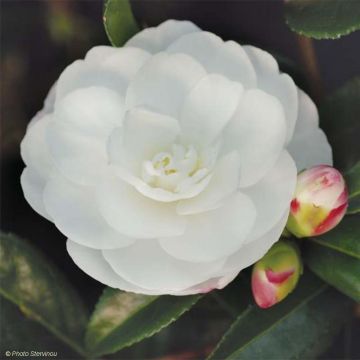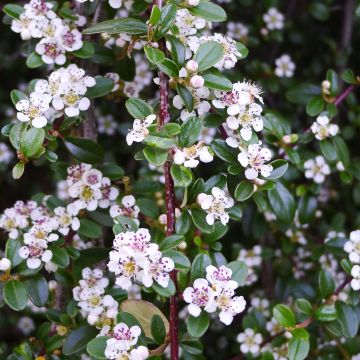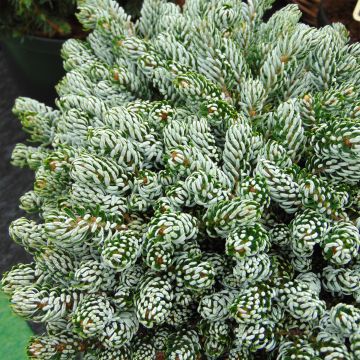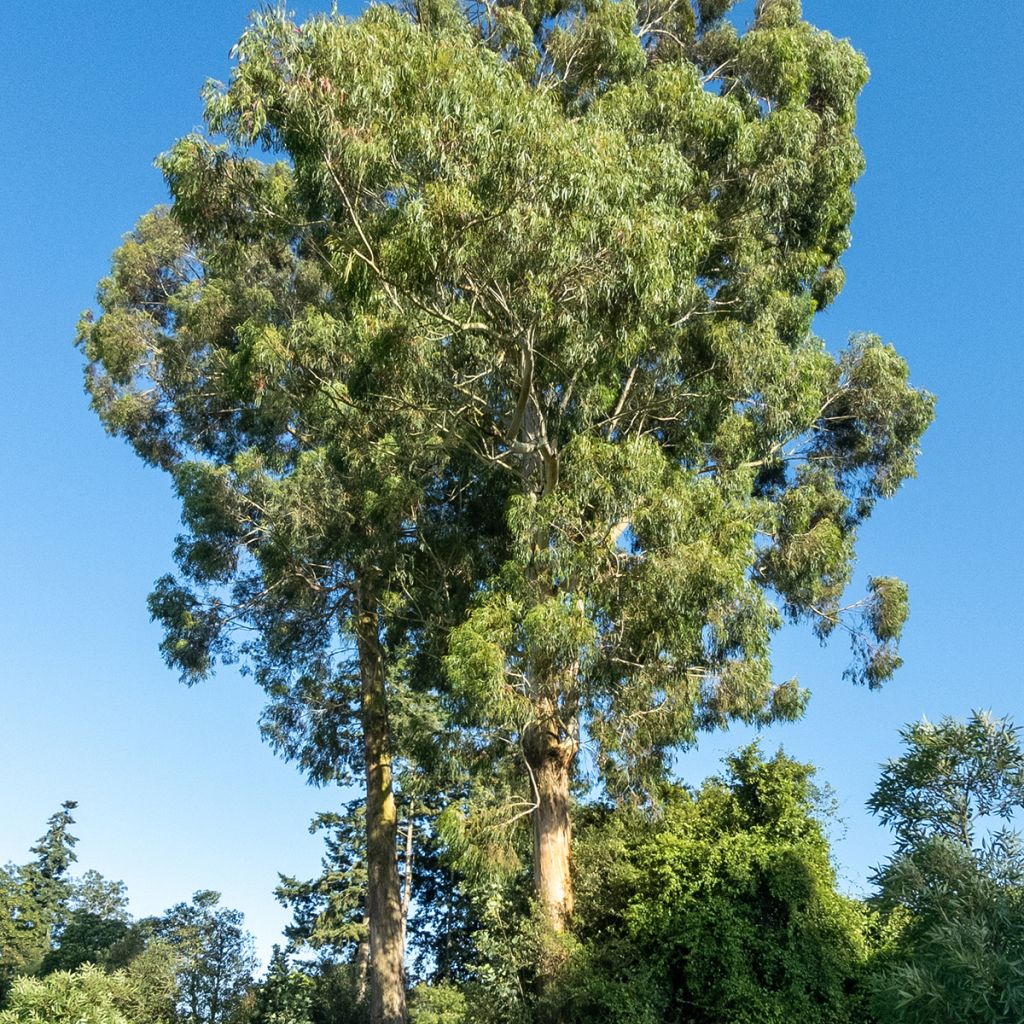

Eucalyptus denticulata
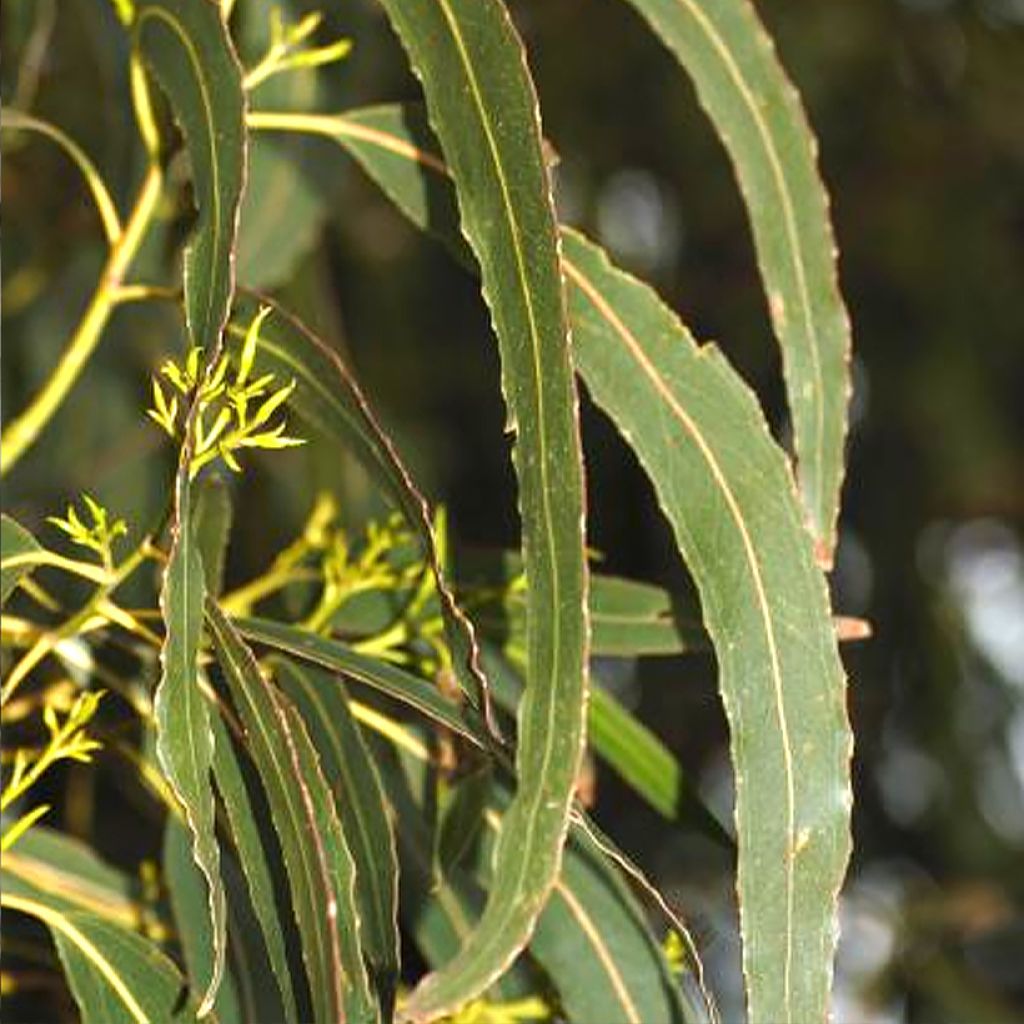

Eucalyptus denticulata
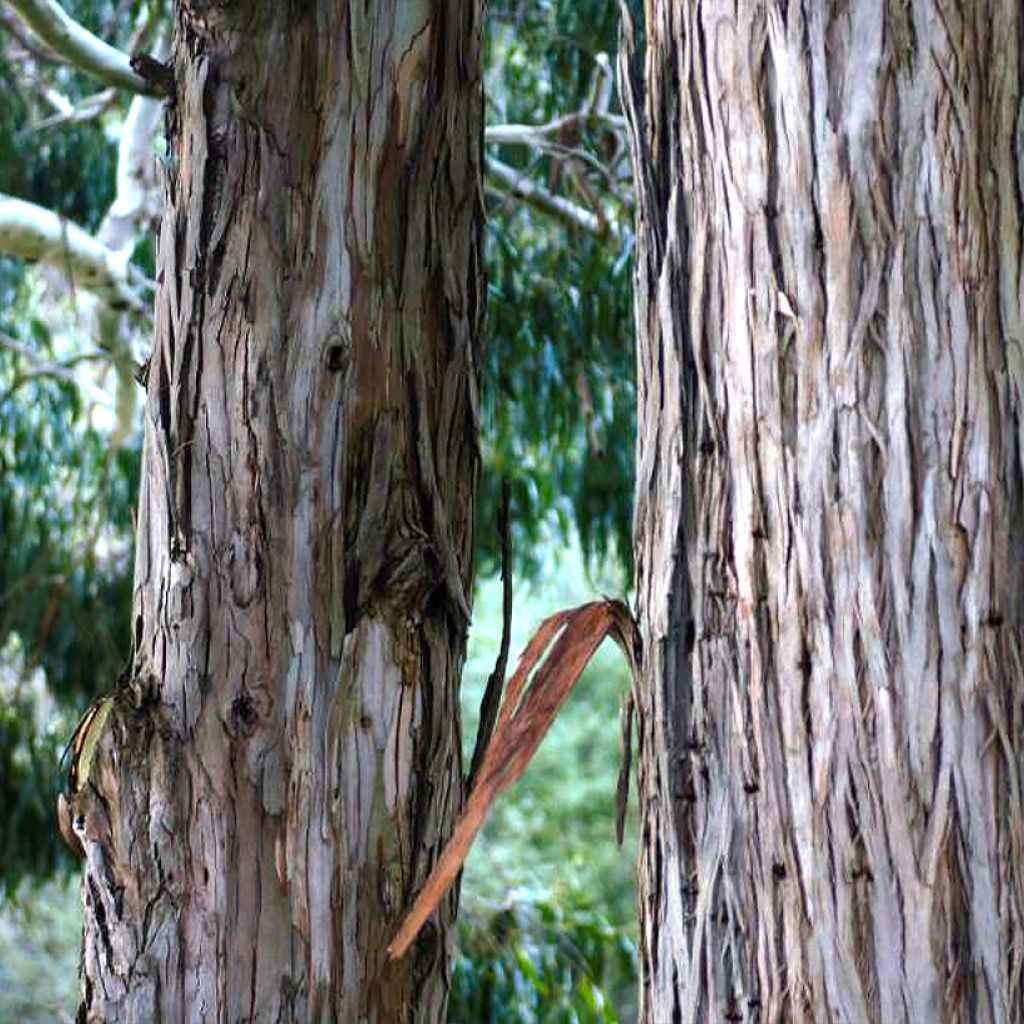

Eucalyptus denticulata
Eucalyptus denticulata
Eucalyptus denticulata
Shining Gum
Special offer!
Receive a €20 voucher for any order over €90 (excluding delivery costs, credit notes, and plastic-free options)!
1- Add your favorite plants to your cart.
2- Once you have reached €90, confirm your order (you can even choose the delivery date!).
3- As soon as your order is shipped, you will receive an email containing your voucher code, valid for 3 months (90 days).
Your voucher is unique and can only be used once, for any order with a minimum value of €20, excluding delivery costs.
Can be combined with other current offers, non-divisible and non-refundable.
Why not try an alternative variety in stock?
View all →This plant carries a 24 months recovery warranty
More information
We guarantee the quality of our plants for a full growing cycle, and will replace at our expense any plant that fails to recover under normal climatic and planting conditions.
Does this plant fit my garden?
Set up your Plantfit profile →
Description
Eucalyptus denticulata, more commonly known as the Shining Gum, is a species endemic to the mountainous forests of southeast Australia. Its origins lend it vigour and robustness, it is capable of withstanding cold down to -10°C (14 °F), and difficult winter conditions (rain, snow, wind, ...). Of beautiful posture, it stands out for its very straight trunk covered with particularly colourful bark which contrasts well with the vegetation of a pretty bluish green. Fast-growing, this beautiful remarkable tree structures the landscape of a garden large enough to accommodate it. In their natural environment, the imposing canopy formed by these eucalyptus trees provides an ideal shelter for vegetation largely composed of ferns.
Eucalyptus denticulata, synonym for E. nitens var denticulata, is a species endemic to southeast Australia, specifically the humid forests south of Bombala in the extreme southeast of New South Wales and the highlands of eastern Victoria, particularly the plateau of the Errinundra National Park. It thrives in cold and warm temperate rainforests, on sandy alluvial soils, and on granite slopes and plateaus, at an altitude between 300 and 1000 m (984 ft 4 in and 3280 ft 10 in). Belonging to the Myrtaceae family, it is commonly called: Shining Gum or Errinundra Shining Gum. The denomination denticulata comes from the Latin denticulatus which means: small teeth, referring to the edges of the leaves.
This eucalyptus forms a large tree, with a straight and spreading crown. Fast-growing, in its natural environment it reaches a height of 35 to 60 m (114 ft 10 in to 196 ft 11 in) and 15 to 25 m (49 ft 2 in to 82 ft) in width. In our climates, its size is somewhat more moderate, rarely exceeding 30 m (98 ft 5 in) in height. Unlike many Eucalyptus, this species does not have a lignotuber, a swelling of the collar at ground level (rich in starch) that allows the stump to regrow in case of severe frost, fire or pruning to the ground. When young, it has square and winged branches, bearing juvenile foliage, composed of leaves, without petioles, opposite, ovate to lanceolate, 5 to 12 cm (2 to 4.7 in) long and 2 to 4.5 cm (0.8 to 1.8 in) wide, with a crenate edge, blue-green. Then, as it develops, the petiolate leaves become alternate and take a lanceolate to crescent shape, 13 to 25 cm (5.1 to 9.8 in) long and 1.5 to 2.5 cm (0.6 to 1 in) wide, with a dentate edge, a nice shiny glaucous green on both sides. The leaves are very aromatic and release a menthol scent when crushed, rich in eucalyptol. As it ages, the rough bark, on the lower part of the trunk, is grey or brown; and on the upper part, the bark is smooth, white or cream, with yellow, brown, green or grey spots. Quite frequently, the ribbons of bark that exfoliate hang in the upper branches of the tree. The flowering occurs mainly in spring and early summer, but occasionally at other times. It does not constitute a real interest, drowned in the mass of foliage. The inflorescence, arranged in the leaf axil, on a short peduncle, is composed of 7 floral buds gathered in a tight bouquet and blooms into small cream-white flowers. After flowering, the fruits, called "gumnut", appear in the form of a woody, hemispherical capsule, which contains brown or grey seeds 1 to 2 mm (0 to 0.1 in) long.
The Errinundra Shining Gum is an attractive and robust tree that finds a place in a large garden planted on its own in a clear space to appreciate the beauty of its bark and the elegance of its stature. In order to highlight its architectural habit, it is grown on a single trunk. With a hardiness of -8 to -10°C (17.6 to 14 °F), it will prefer a temperate, coastal climate with dry to moist, well-draining soils, but it dislikes long periods of drought and soils that are too clayey or too chalky. Comfortable in moist but not swampy soils, it has the ability to dry them out. With a very developed root system, care should be taken in choosing its location, especially keeping it away from the foundations of a house or pipes.
Eucalyptus denticulata in pictures


Plant habit
Flowering
Foliage
Botanical data
Eucalyptus
denticulata
Myrtaceae
Shining Gum
Australia
Other Eucalyptus
View all →Planting and care
Eucalyptus denticulata is best planted at the beginning of spring in a mild and humid climate, at the beginning of autumn in a dry and hot climate. Plant in well-prepared, light and drained soil, in a very sunny situation. Sandy, loamy, slightly clayey, acidic or even chalky soils are well tolerated. A well-established specimen is hardy down to -8/-10°C (17.6/14 °F) under these conditions. Young plants are more sensitive to severe frosts, especially if the frost sets in for several days and the soil is wet. In most regions, you can plant it in the open ground, ensuring good drainage, possibly by adding coarse sand, pozzolan or gravel. Then let nature take its course, the growth is rapid.
For the first two years, regular watering is necessary, then the bush requires no watering in summer. Fertiliser is not recommended. Pruning is not necessary, but it is well tolerated after flowering or at the end of winter if the stems have frozen. The eucalyptus can be formed into multiple trunks or a single trunk, by selecting the best positioned one and cutting all the others flush. And it is quite possible to coppice this small tree to form a large bush whose height you can limit.
Eucalyptus are useful for drying out wet land, as they are big water consumers even in winter. However, they become quite resistant to drought once well established (depending on the species and varieties).
Young plants take root most easily in the open ground. The extensive and deep root system of the Eucalyptus does not like to be disturbed and it tends to form a "bun" if the young plant stays too long in its pot. Choose its location carefully.
Planting period
Intended location
Care
Planting & care advice
This item has not been reviewed yet - be the first to leave a review about it.
Similar products
Haven't found what you were looking for?
Hardiness is the lowest winter temperature a plant can endure without suffering serious damage or even dying. However, hardiness is affected by location (a sheltered area, such as a patio), protection (winter cover) and soil type (hardiness is improved by well-drained soil).

Photo Sharing Terms & Conditions
In order to encourage gardeners to interact and share their experiences, Promesse de fleurs offers various media enabling content to be uploaded onto its Site - in particular via the ‘Photo sharing’ module.
The User agrees to refrain from:
- Posting any content that is illegal, prejudicial, insulting, racist, inciteful to hatred, revisionist, contrary to public decency, that infringes on privacy or on the privacy rights of third parties, in particular the publicity rights of persons and goods, intellectual property rights, or the right to privacy.
- Submitting content on behalf of a third party;
- Impersonate the identity of a third party and/or publish any personal information about a third party;
In general, the User undertakes to refrain from any unethical behaviour.
All Content (in particular text, comments, files, images, photos, videos, creative works, etc.), which may be subject to property or intellectual property rights, image or other private rights, shall remain the property of the User, subject to the limited rights granted by the terms of the licence granted by Promesse de fleurs as stated below. Users are at liberty to publish or not to publish such Content on the Site, notably via the ‘Photo Sharing’ facility, and accept that this Content shall be made public and freely accessible, notably on the Internet.
Users further acknowledge, undertake to have ,and guarantee that they hold all necessary rights and permissions to publish such material on the Site, in particular with regard to the legislation in force pertaining to any privacy, property, intellectual property, image, or contractual rights, or rights of any other nature. By publishing such Content on the Site, Users acknowledge accepting full liability as publishers of the Content within the meaning of the law, and grant Promesse de fleurs, free of charge, an inclusive, worldwide licence for the said Content for the entire duration of its publication, including all reproduction, representation, up/downloading, displaying, performing, transmission, and storage rights.
Users also grant permission for their name to be linked to the Content and accept that this link may not always be made available.
By engaging in posting material, Users consent to their Content becoming automatically accessible on the Internet, in particular on other sites and/or blogs and/or web pages of the Promesse de fleurs site, including in particular social pages and the Promesse de fleurs catalogue.
Users may secure the removal of entrusted content free of charge by issuing a simple request via our contact form.
The flowering period indicated on our website applies to countries and regions located in USDA zone 8 (France, the United Kingdom, Ireland, the Netherlands, etc.)
It will vary according to where you live:
- In zones 9 to 10 (Italy, Spain, Greece, etc.), flowering will occur about 2 to 4 weeks earlier.
- In zones 6 to 7 (Germany, Poland, Slovenia, and lower mountainous regions), flowering will be delayed by 2 to 3 weeks.
- In zone 5 (Central Europe, Scandinavia), blooming will be delayed by 3 to 5 weeks.
In temperate climates, pruning of spring-flowering shrubs (forsythia, spireas, etc.) should be done just after flowering.
Pruning of summer-flowering shrubs (Indian Lilac, Perovskia, etc.) can be done in winter or spring.
In cold regions as well as with frost-sensitive plants, avoid pruning too early when severe frosts may still occur.
The planting period indicated on our website applies to countries and regions located in USDA zone 8 (France, United Kingdom, Ireland, Netherlands).
It will vary according to where you live:
- In Mediterranean zones (Marseille, Madrid, Milan, etc.), autumn and winter are the best planting periods.
- In continental zones (Strasbourg, Munich, Vienna, etc.), delay planting by 2 to 3 weeks in spring and bring it forward by 2 to 4 weeks in autumn.
- In mountainous regions (the Alps, Pyrenees, Carpathians, etc.), it is best to plant in late spring (May-June) or late summer (August-September).
The harvesting period indicated on our website applies to countries and regions in USDA zone 8 (France, England, Ireland, the Netherlands).
In colder areas (Scandinavia, Poland, Austria...) fruit and vegetable harvests are likely to be delayed by 3-4 weeks.
In warmer areas (Italy, Spain, Greece, etc.), harvesting will probably take place earlier, depending on weather conditions.
The sowing periods indicated on our website apply to countries and regions within USDA Zone 8 (France, UK, Ireland, Netherlands).
In colder areas (Scandinavia, Poland, Austria...), delay any outdoor sowing by 3-4 weeks, or sow under glass.
In warmer climes (Italy, Spain, Greece, etc.), bring outdoor sowing forward by a few weeks.






























